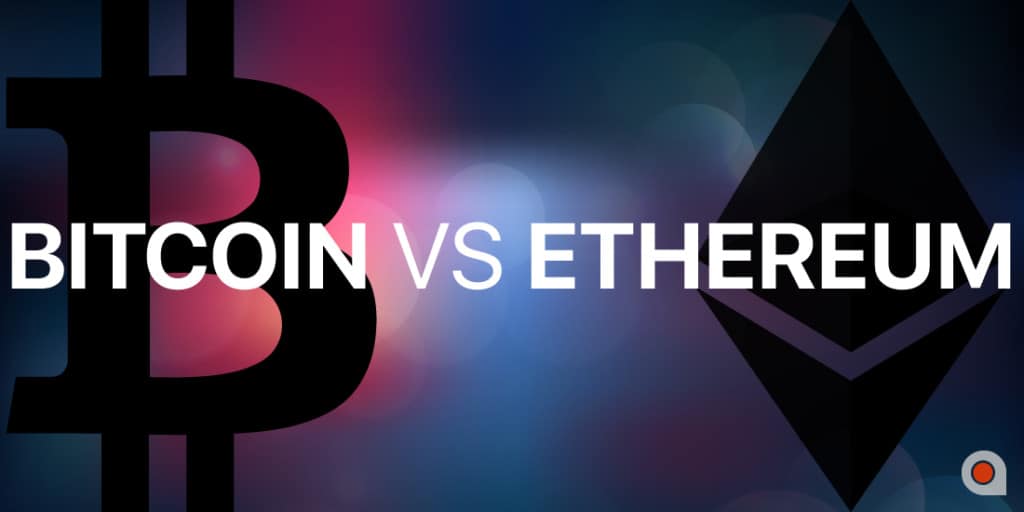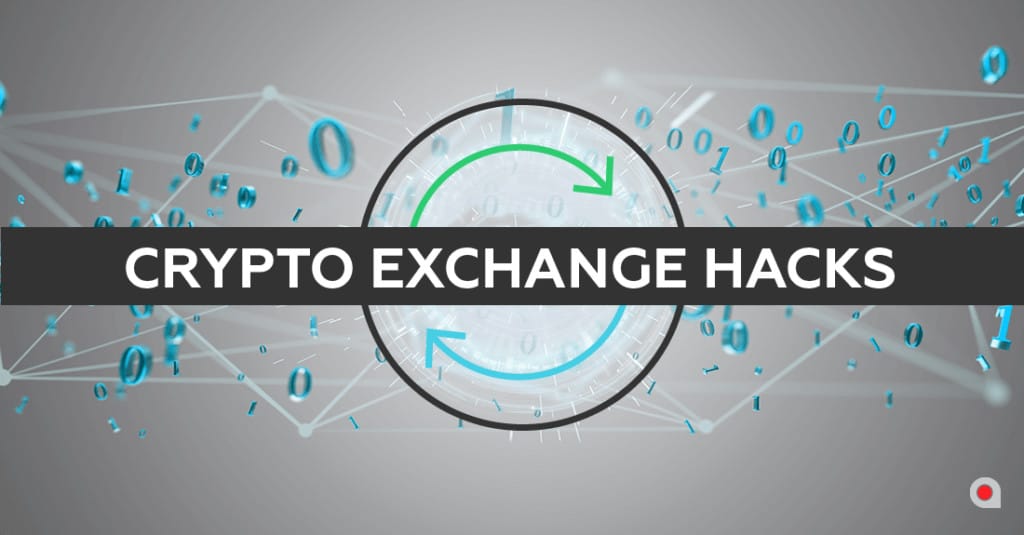
What is a Bitcoin transaction? In order to grasp the meaning of Bitcoin and understand its useful features, it is essential to go through its basic working principles. Therefore, we are going to outline Bitcoin features and functions to find out how it works and why it stands out from other currencies in terms of security. In addition, you will learn how to process Bitcoin payments and verify, confirm, and check them.
Bitcoin appeared as an alternative currency in 2009 to solve existing issues in financial payments:
- being out of control of your own funds
- dealing with non-atomic transfers (meaning that even sent transactions weren’t processed instantly)
- dealing with funds freezing
Users began facing the above-mentioned issues more and more due to the involvement of middlemen and centralized governance in the traditional finance industry. Considering the fact that people couldn’t really control their funds, many became victims of cheating. People accused banks of funds misuse, affairs, and high-fee charging. As a result, Bitcoin pioneer Satoshi Nakamoto proposed a new solution: Bitcoin digital currency. Its purpose was to eliminate deceitful financial schemes, provide users with greater transparency, and cut on interest fees due to decentralization.
Bitcoin is an independent currency instead of a governed payment system. This is its main characteristic, as it is an autonomous, decentralized, digital currency. Users can gain full control over their funds and eliminate such problems as funds freezing or unjust regulations. Bitcoin is often called “digital gold.” The reason for this is similarity of the following features:
- limited quantity
- mining necessity
- independence
- elimination of counterfeiting
With the help of Bitcoin, one can send funds to anyone, anywhere, and for anything. Moreover, a higher level of security is ensured with blockchain implementation. Although transactions are transparent and one can easily track them, it is impossible to understand who has actually sent them, as all usernames are encrypted. This contributes beneficially to the anonymity feature.
Bitcoin Value
The popularity of Bitcoin has risen due to increased demand. Its value depends upon interest and supply. Therefore, the greater the number of Bitcoin users, the higher its value becomes. An interesting fact is that in the beginning, Bitcoin’s price was just a few cents!

In the last two months, the price of bitcoin has been ranging between $6,000 and $7,300:

Taking into consideration the historical price change, Bitcoin has seen its ups and downs: as high as $19,000 in 2017 and declining by 69% in 2018.
Though the price of Bitcoin isn’t as high today, we should stress that the currency is becoming less volatile. Volatility decrease is a huge advantage in the cryptocurrency market, as it provides reliability and safety. According to Chainalysis research, the Bitcoin market isn’t fading; instead, it is maturing. This is evident in the currency stability from August to October. Staying within the same price range, Bitcoin remained less volatile in comparison with Ripple and Ether.
The graph below represents cryptocurrency price changes in the period from August to October 2018:

With advantageous characteristics like multi-purpose means of use, an easy registration process, and the option of anonymity, Bitcoin has become one of the leading cryptocurrencies in the modern market.
Let’s take a closer look at its transaction process and see how Bitcoin works in practice.
Bitcoin Transactions: How Do They Work?
In order to send your Bitcoin to a receiver, you first need to buy one. Please check out the best platforms to store, buy, and exchange bitcoins:

There are other ways of purchasing Bitcoin:

As a new user, you don’t necessarily have to go deep into the technical details to understand how transactions work. We will go through the basic terms to provide the full picture.
As soon as you install a digital wallet (find out about the different types here), you can exchange your bitcoin address with others to process and receive payments.
The transaction process is very simple. It works just like sending an email. The only difference is that you can only use your Bitcoin address once.
In fact, your digital wallet doesn’t hold the actual Bitcoin. It keeps its address, all further transaction records, and an output – the balance.
Balances: Bitcoin Transaction Chain
A Bitcoin transaction chain is a set of records and data about transactions kept in a decentralized public ledger. Once a transaction is confirmed, its record goes to the main blockchain. This enables Bitcoin wallets to figure out a spendable balance and for new transactions to pass the process of verification. In addition, this allows the actual owner to determine whether or not he or she has sufficient funds to proceed with a transaction. Cryptography provides the record sequence and integrity.
Transactions: Public and Private Keys
A transaction is a definition for value transfer from one wallet to another. The wallet keeps track of the user’s addresses and personal details. The address is a thread containing 34 letters and numbers referred to as “public key.” The public key can be viewed by anyone, but this has nothing to do with security, as this is just a set of symbols that doesn’t provide any private data.
The “private key” is a set of symbols and characters necessary to sign and send bitcoin transactions. It ensures that the transaction proceeds specifically from the owner with a mathematical proof. This consists of 64 symbols, and it is crucial to keep this information safe and offline so that no one can tamper with it. Though private and public keys relate one to another, there is no way to figure out your private key from your public one. Another way to avoid cheating and alteration is with the use of a signature. To sign a transaction, you need to enter a private key as well as details like transaction quantity and receiver into the Bitcoin software. The program will use this data to provide you with a digital signature, which you then send to the main network for validation.
Once transactions go through validation, they need to go through the process of confirmation, also referred to as mining.
Mining – A Transaction Verification Process
How are Bitcoin transactions confirmed? Mining is the process of confirming transaction requests within a decentralized, distributed consensus system. Mining is necessary to:
- implement the chronological order of transactions within the ledger
- enable different computers (nodes) to reach consensus (agree on the system state)
- ensure network neutrality and honesty
In order to go through the process of confirmation, transactions must be included in a block fitting rigid cryptographic requirements, which the network verifies. These requirements discourage the modification of previous blocks to eliminate data forgery or tampering with subsequent blocks. In addition, mining eliminates the chance of adding random blocks to the chain, as they all have to connect with the previous one. Therefore, no group or single person can control the data held by a block, or replace any of it without reaching consensus.
Mining uses various consensus algorithms. They all differ one from another in terms of the price, the way they came into the common state agreement, and the blockchain platform. To understand how mining works, let’s discuss its major consensus types.
What does a Bitcoin transaction look like? First, consider the abbreviations used in the following example:
Here is a Bitcoin transaction example:

In the example, you can find a transaction ID highlighted in yellow. Meta-data along, with a description, is on the right. Inputs and outputs are highlighted in pink and green.
Now that we have discussed the basic working principle of the transaction process, let’s briefly outline its main properties and advantages.
Bitcoin Properties
- Irreversibility: Once a transaction is confirmed, there is no way to reverse it or send back by anyone. Therefore, make sure you know where you send your funds.
- Anonymity: Transactions and accounts don’t show physical identities. You receive funds on your 34-character address from another encrypted address. Though transaction flow is visible in the public ledger, no one knows who sent what.
- Speed and global use: You can send transactions nearly instantly with confirmation within several minutes (approximately). Bitcoin Blockchain offers up to 6-7 transactions per second. That is far away from Visa, with about 25 thousand transactions per second. However, this doesn’t depend upon your physical location, so you can process it to any part of the world just like with Visa.
- Security: All of your funds get encrypted in the cryptography system. You can only send them with the use of your private key and signature. No one else can do so unless you haven’t stored your private key securely.
- Permissionless: There aren’t any restrictions or limitations on where or how you want to send your personal money. It can’t freeze, and no authority can take it away from you.
Now let’s go through the most common user questions.
1. How To Confirm a Bitcoin Transaction?
If you are wondering how to confirm a Bitcoin transaction, you should know that it has to go through approval by network nodes. It goes through six stages in order for a transfer to be complete.
Two factors influence confirmation time:
- network activity
- transaction fee
The confirmation process relates to the mining process we have discussed above. The more pending transactions, the longer it takes for miners to process them so they can get into a block.
On average, it takes around ten minutes to mine one block. With the six confirmation stages, it can take up to an hour for your transaction to go through. Considering general volume and network activity, the process can sometimes take up to several hours.
In addition, Bitcoin miners prioritize transaction verifications offering a higher fee.
2. How to Calculate the Fee?
Each transaction depends upon its size. Currently, the cheapest fee is calculated as 60 Satoshis per byte. Let’s say your transaction size is 300 bytes, and you have to multiply it by 60. You get a fee of 18,000 Satoshis, which you must pay for the transaction confirmation. To find out your transaction size, there is nothing you have to do, as any wallet does it for you.
The table below illustrates how different wallets charge their fees:
3. How To Check My Bitcoin Transaction
In order to view Bitcoin transactions, you can use a range of different websites to explore blockchain activity. Some of the most popular include:
- blockchain.com/explorer
- etherscan.io
- insight.litecore.io
- xrpcharts.ripple.com
- https://explorer.zcha.in/
It doesn’t really matter where to check a bitcoin transaction. In any of the above-mentioned sites, you can go to the “search” field and enter your specific transaction information. Generally, it is better to start with the digital address of the receiving party — the one you send your funds to. If you have entered everything correctly, you will see a transaction list containing the address of the receiver. It often happens that the list appears to be too long. In this case, you can search the Bitcoin transaction by amount.
When you look up a Bitcoin transaction, you will typically see it as a transaction ID:

Transactions with a green arrow mean that the Bitcoin has been transferred or is being transferred to the receiving address. Those with a red arrow mean that the Bitcoin has left, or is the process of leaving from the sender.
4. What Happens if the Transaction Isn’t Confirmed?
All pending transactions usually stay in the mempool before getting into a block. It sometimes happens that transactions stay in the mempool for a very long time, and the nodes holding them can drop them out of the system. Only then will it be canceled. There is also the possibility of rebroadcasting such a transaction (an expired one). This can take even more time, though, as you never know if a miner is going to include it. In this case, the best option is to look the transaction through again, and see if there are any mistakes, wrong addresses, or balance issues. You can also provide an additional fee to incentivize its confirmation.
Conclusion
Bitcoin has become a leading cryptocurrency, and its use is becoming more and more widespread. Additional factors such as increased stability and decreased volatility have contributed to its popularity, as well. On the other hand, the process of its use may seem a bit complex to a number of users. Though transactions are public and therefore transparent and visible, one should remember that due to cryptography, security and anonymity are Bitcoin’s major advantages. We have outlined the basic working principles, along with possible challenges and solutions. If you have any questions, feel free to contact Applicature. Our team is waiting to help you!

 Ethereum vs Bitcoin: Breaking Them Down Simply
Ethereum vs Bitcoin: Breaking Them Down Simply
 Bitcoin Arbitrage: How Profitable Is Crypto Trading?
Bitcoin Arbitrage: How Profitable Is Crypto Trading?
 NEM Blockchain Review
NEM Blockchain Review
 The Biggest Hacks in the History of Crypto Exchanges
The Biggest Hacks in the History of Crypto Exchanges
